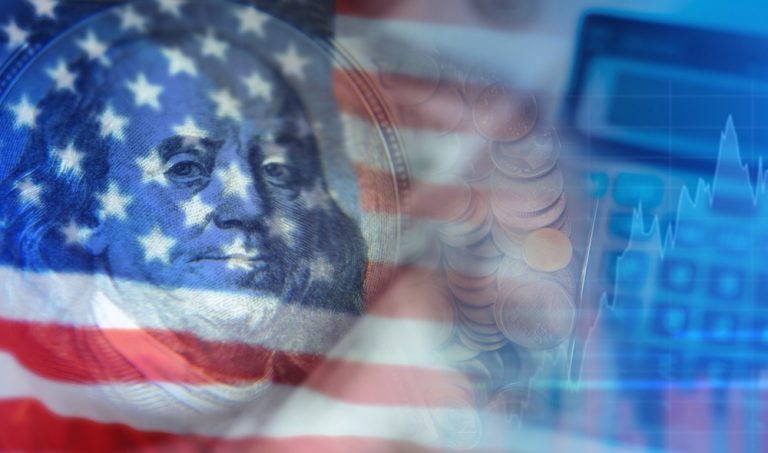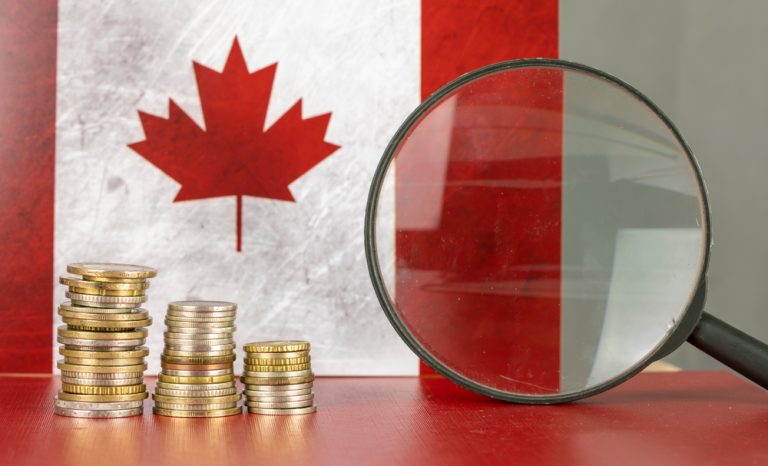The Impact of U.S. Tariffs on Clothing Prices
With the U.S.-China trade war escalating, experts warn that the tariffs imposed on Chinese goods could severely impact the price of clothing in the U.S. The U.S. imports the majority of its clothing and footwear, and increased tariffs on these goods could mean higher prices for consumers. According to forecasts from the Yale University Budget Lab, consumers may face a 64% increase in clothing prices in the short term, with prices remaining 27% higher in the long run.
How Tariffs Are Affecting the Apparel Industry
The Trump administration’s decision to impose a 145% tariff on Chinese imports, including clothing and textiles, has raised concerns about the future of the U.S. apparel market. These tariffs disproportionately impact companies that rely on low-cost production in China and Vietnam. “We are concerned about the escalating trade war with China. Ultimately no one wins,” said Julia Hughes, president of the United States Fashion Industry Association. According to Steve Lamar, president and CEO of the American Apparel & Footwear Association, “Tariffs will lead to higher prices for consumers and fuel inflation.”
The ‘Sticker Shock’ for Consumers
Consumers will be directly impacted by the new tariffs. According to David French, executive vice president of government relations at the National Retail Federation, “Tariffs are a tax paid by the U.S. importer that will be passed along to the end consumer.” Popular brands like Shein and Temu, which import clothing from China, are expected to raise their prices, particularly impacting low- and middle-class Americans. Many consumers are already adjusting their purchasing habits, shifting toward second-hand clothing or “dupes” (cheaper alternatives to high-end items).
Resale Market and Consumer Behavior Shifts
To cope with rising clothing costs, 67% of consumers plan to alter their shopping habits. According to a recent survey by Bid-on-Equipment, 46% of respondents said they would shop at thrift or second-hand stores. Additionally, a report by Smarty found that 50% of consumers are more likely to consider secondhand goods or local alternatives due to tariff-induced price hikes. As a result, the resale market, or “re-commerce,” is growing rapidly, with projections showing it could increase by 55% to $291.6 billion by 2029.
Challenges for the Apparel Industry
Despite the growth in the resale market, there simply aren’t enough second-hand products to meet consumer demand. As the back-to-school season approaches, apparel companies face uncertainty about future trade agreements and tariff policies. “The chaos is still rippling through,” said Hughes. “This is a real time of uncertainty.” Until more clarity emerges from trade negotiations, the industry will continue to grapple with price hikes and shifting consumer behavior.






















